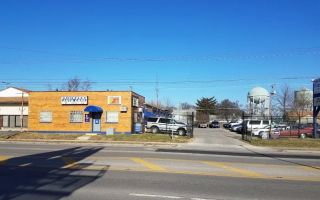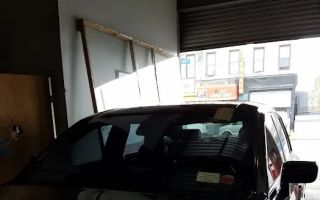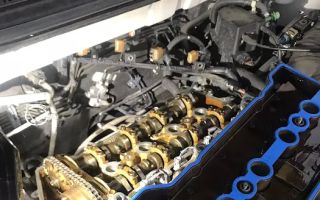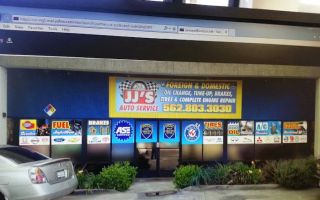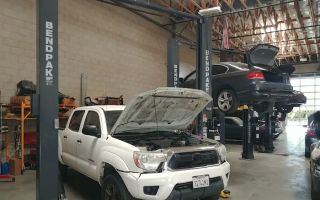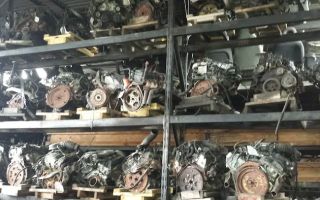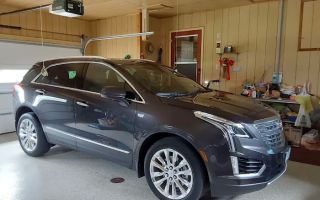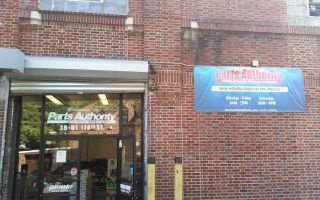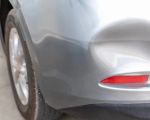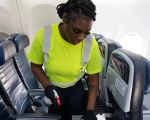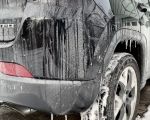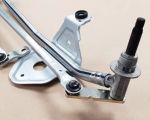How to Ensure Proper Vehicle Security During Towing: Essential Tips and Best Practices
- 1. Choosing the Right Towing Equipment
- 2. Securing the Vehicle During Towing
- 3. Common Towing Mistakes to Avoid
- 4. Legal Requirements and Guidelines for Towing
- 5. How to Ensure Vehicle Safety After Towing
1. Choosing the Right Towing Equipment
When towing a vehicle, one of the most critical steps in ensuring its security is choosing the right equipment. The type of towing device you use will vary based on the vehicle size, weight, and the towing distance. Whether you are using a flatbed tow truck, a wheel lift, or a hook and chain system, each piece of equipment has its own advantages and safety measures.
For example, a flatbed tow truck is often considered the safest option for securing vehicles because it transports the car off the ground, reducing the risk of damage to the vehicle. On the other hand, wheel lifts are great for lighter vehicles and may not require the same level of concern when securing the car. Understanding the equipment’s capabilities is essential to ensure the vehicle’s stability and minimize any potential risks during transport.
2. Securing the Vehicle During Towing
Proper vehicle security during towing is vital to avoid damage and ensure safety. Begin by making sure the vehicle is positioned correctly on the tow truck, with the weight distributed evenly. This reduces strain on both the towing vehicle and the one being towed. Secure all four corners of the vehicle using high-quality tow straps, chains, or ropes that can withstand the weight and force of the tow.
It’s important to check that all straps are tightened securely and that there is no slack. Loose straps can lead to shifting, potentially causing damage to the vehicle and even making the towing process dangerous. Additionally, using wheel straps or locking devices to secure the wheels can prevent unwanted movement.
For vehicles with low clearance or special modifications, using a winch to pull the car onto the tow truck is often a good idea. This ensures that the vehicle’s undercarriage remains intact and avoids dragging along the pavement, which could cause unnecessary wear and tear.
3. Common Towing Mistakes to Avoid
Even experienced tow truck operators can make mistakes, so it’s important to be aware of common errors that can lead to vehicle damage or security concerns. Here are a few mistakes to avoid:
- Incorrect Weight Distribution: Towing a vehicle without ensuring the proper weight distribution can cause imbalances, leading to damage to both the towed and towing vehicles.
- Overloading the Tow Vehicle: It’s essential not to exceed the towing capacity of the vehicle doing the towing. Overloading can lead to equipment failure and unsafe driving conditions.
- Loose or Insufficient Straps: As mentioned earlier, unsecured or loosely tied-down vehicles are more likely to shift during transit, which can damage both the vehicle and the towing truck.
- Skipping Pre-Tow Checks: Always perform a detailed inspection before hitting the road. Ensure that everything is properly secured, the vehicle is in neutral, and the handbrake is off.
4. Legal Requirements and Guidelines for Towing
While ensuring proper vehicle security during towing is critical, it’s equally important to follow the legal requirements and guidelines. Each state, including Texas, has specific laws regarding towing. These laws cover everything from the types of towing equipment that are permissible to the safety standards that tow vehicles must adhere to.
In many cases, there are weight restrictions and mandatory inspections for both the towing vehicle and the towed vehicle. Violating these regulations can result in heavy fines or even legal action. Therefore, always ensure that the towing service you choose is fully licensed and familiar with local laws to avoid costly mistakes.
If you are towing a vehicle yourself, make sure you have all the necessary documentation, including your vehicle registration, towing permits (if needed), and any proof of insurance that may be required by law.
5. How to Ensure Vehicle Safety After Towing
Once the vehicle is safely towed to its destination, ensuring its safety after the process is just as important as securing it during transit. Start by thoroughly inspecting the vehicle for any signs of damage, such as tire wear or bent suspension components. It’s also important to check the alignment and steering to ensure that no parts were damaged during the tow.
If you notice any issues, document them and contact the towing company immediately. Many professional towing companies, like Chuckles, offer insurance coverage for any potential damages during the towing process. If you are unsure about any post-towing damage, a professional inspection can help clarify any concerns.
Finally, always remember that a well-maintained vehicle is safer during towing. Regular maintenance and timely repairs can help reduce the risks associated with towing and ensure the vehicle's safety both before and after the process.


